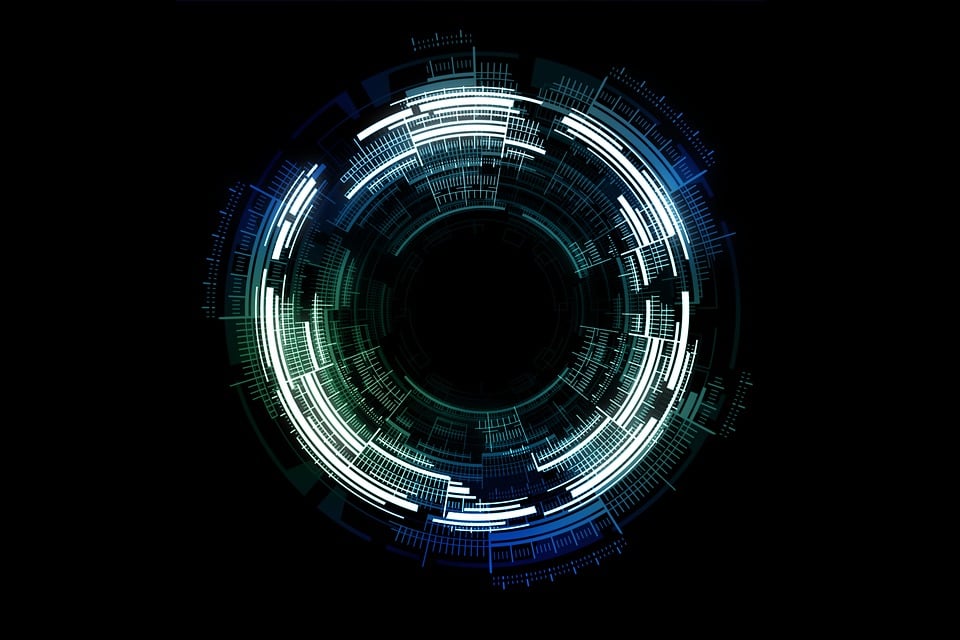Apr 21
2022
5 Biggest Cybersecurity Challenges In Healthcare
Many cyber gangs list ‘medical organizations’ as non-targets. But, that hasn’t stopped them from executing attacks on hospitals, health delivery organizations, pharmaceutical companies, and other entities in the sector.
Since 2020, the health sector has seen a rapid rise in cyberattacks. Ransomware has been the main form of attack.
Cybercriminals have claimed that healthcare providers have only been collateral victims. Yet, some have deliberately targeted hospitals to obtain classified medical records, transactions, and other sensitive patient data. This article will uncover the main cybersecurity challenges facing the healthcare industry, as well as some solutions to the main threats.
Top Cybersecurity Challenges for Healthcare Organizations
Ransomware
Ransomware gangs have stepped up their attacks on critical national infrastructure, including healthcare.
A survey from 2021 interviewed 597 health delivery organizations. 42% of them reported being victims of at least two ransomware attacks in previous years.
Ransomware is usually distributed through phishing emails containing trojan viruses. The attackers disguise the virus as a link or attachment. When a user clicks the link or downloads the attachment, the trojan is ready to strike.
What’s more, these attacks can affect patients by causing:
- Delays in medical procedures and tests
- Longer stays at the hospital
- Theft of sensitive data
- Even death if crucial data is missing
Data Storage
Medical records are a prized possession for cybercriminals. Healthcare organizations have to find a way to store patients’ data safely. Cybercriminals can use stolen data to sell it on the dark web or launch more targeted attacks.
Many healthcare organizations, especially hospitals, aren’t very advanced in their digital capabilities. This leads to poor cybersecurity, which leaves them vulnerable to data breaches.
The sector faces the challenge of transferring data from old to newer systems. Healthcare organizations operate in hybrid environments and have years of traditionally-stored historical data. It can be hard and expensive to merge all data ecosystems into a single system.
Insider Threats
Phishing is often used to distribute malware. Thus, a big challenge for healthcare organizations is employee negligence. Healthcare workers rarely have a strong digital background. Without proper training, they can expose their devices to attackers.
Additionally, the data stored in hospitals and other medical institutions is very valuable. Some employees may try to take advantage of that and sell it to cybercriminals on the dark web.
DDoS Attacks
DDoS stands for Distributed Denial of Service. In this type of attack, cybercriminals overwhelm their victim’s websites with traffic. These attacks result in crashes or limited functionality.
Denial-of-service attacks can be very dangerous for healthcare providers and their patients. Service disruption can cause treatment delays and mistakes, which can sometimes turn deadly.
Third-Party Threats
Healthcare organizations collaborate with third parties for various services. Most of this collaboration includes massive amounts of data sharing. Suppose a third-party vendor becomes the victim of a cyberattack. This shared data will likely become exposed.
A good example is a relatively recent attack on IT services provider – Kaseya. The attack led to data breaches across most organizations they collaborate with. Healthcare institutions were also affected.
What Healthcare Providers Can Do to Stay Protected
There are a few ways the healthcare sector can bolster its defenses against cyber threats:
Educate Employees
First, healthcare providers need to educate their workers on cybersecurity. Many workers know how valuable medical data is. Unfortunately, they rarely understand the cybersecurity dangers surrounding it.
The healthcare sector needs to educate its workforce on the importance of:
- Cyber hygiene and best practices
- Spotting phishing attempts
- Not sharing credentials with anyone.
Cloud Security
Storing sensitive patient data in a secure and encrypted cloud offers too many advantages for healthcare providers to ignore, and it can help overcome many cybersecurity challenges.
Cloud and healthcare providers share the duty of keeping the cloud infrastructure safe. The providers need to update their service to address the latest cybersecurity challenges, and their service should also be completely encrypted.
Healthcare providers need to stay on top of managing their data in the cloud. They have to configure all settings with cybersecurity in mind, and decision-makers have to do their due diligence when selecting their third-party vendors.
Least Privilege Access Approach
Across their digital infrastructure, organizations should use a least privilege access model. LPA puts a limit on what employees can access. Workers will only be able to access files, resources, and privileges that they need to do their job.
Organizations should also use MFA (Multi-Factor Authentication) for all login credentials. MFA adds an extra layer of security. Even if an attacker has the password, they won’t be able to access the system.
Conclusion
The healthcare sector isn’t sufficiently prepared for the recent surge in cyberattacks. Many healthcare organizations operate in outdated digital infrastructures that are easy to breach. Threat actors target these organizations to get medical records, transactions, or any other data they can sell or lock for ransom.
Healthcare organizations must take a proactive approach to protect their data and patients. More significant investment in cybersecurity is unavoidable.
